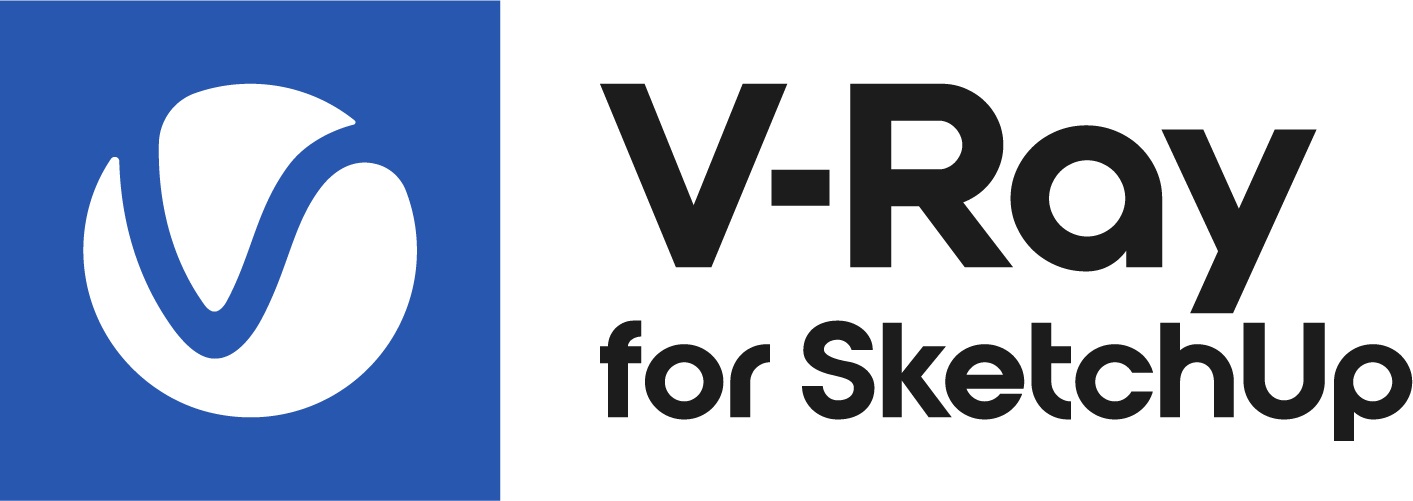This page provides information on the V-Ray Bulge Texture.
Overview
The Bulge texture map is similar to the Grid texture but adds in the feature of acting as if the grid lines are constraining the texture and the texture is inflated from beneath it. It is most often used as a bump map, but can also be used to simulate transparency as well. When used as a bump map it gives an inflated look.
Any texture can be replaced via the Replace With New Texture () button, which activates when you select the texture to be replaced. If the texture is an instance, all copies are changed as well.
UI Paths
||V-Ray Asset Editor|| > Textures (right-click) > Bulge
||V-Ray Asset Editor|| > Create Asset (left-click) > Textures > Bulge
Parameters
U Width – Sets the thickness of the horizontal lines.
V Width – Sets the thickness of the vertical lines. For more information, see the U Width and V Width example below.
Color Manipulation
Invert Texture – Inverts the RGB texture values.
Alptha from Intensity – Uses the texture RGB intensity/luminance as alpha channel.
Color Gain – Color corrects the texture by multiplying the RGB color values in the texture with the RGB color values specified here. A texture map can be used for this parameter, as long as the checkbox is enabled.
Color Offset – Color corrects the texture by adding the RGB color values specified here t the RGB color values in the texture. A texture map can be used for this parameter, as long as the checkbox is enabled.
Default Color – Specifies a default color used for polygons with no valid UVs. In case the map is not tiled, specifies a default color that is used outside the texture square. When a texture is selected, it overrides the color as long as the texture checkbox is enabled.
Example: U Width and V Width
Type – Controls how the texture is positioned on the geometry. 2D (UV Channel) – The texture uses the object UV coordinates. UV Channel/Set – Specifies the index of the mapping channel data to use. A value of 1 takes the first available channel. Repeat U/V – Determines how many times the texture is repeated in the 0 to 1 UV square. Lock U/V Repeat – Locks the U/V Repeat. Offset U/V – Controls the texture offset in the U and V direction. Rotate – Rotates the texture (in degrees). Tile U/V – Tiles the texture in the U and V direction. If the option is disabled, the Default texture color is used outside the 0 to 1 UV square. Default color is found in Parameters > Color Manipulation. Mirror U/V – Mirrors the texture in the U and V direction separately. The option cuts the texture in the half flipping one side vertically or horizontally. This can be used to avoid seams in-between non-tileable repeated textures. Mapping – Specifies the type and shape of the texture. Angular Rotate H – Rotates the environment sphere horizontally. Flip H – Flips the environment sphere horizontally. Rotate V – Rotates the environment sphere vertically. Flip V – Flips the environment sphere vertically. This option is active only in Spherical Mapping. Ground – Enables ground projection of the texture. Position X/Y/Z – Offsets the ground projection along the X/Y/Z axis. Radius – Specifies a projection radius. Can be used to control the scale of the projection. 2d Transformation – see 2D (UV channel) parameters. Mode – Determines whether a single or multiple textures should be used for U and V texture coordinates remapping. UV – The Red input texture channel determines the U sampling coordinate. The Green input texture channel determines the V coordinate. U – The value of this texture determines the U sampling coordinate. V – The value of this texture determines the V sampling coordinate. UV Placement Source – External UV placement source to be used for the texture placement. 2D (UV Channel) Environment Texture Remapping Mapping PlacementTexture Placement
Environment – This mode is applicable if the map is connected to an Environment slot or a Dome light.
Texture Remapping – Uses UVW values from a color texture or separate grayscale textures.
Mapping Source – The texture uses an external UV placement source.2D (UV Channel)
Environment
Cubic
Spherical
Mirror Ball
ScreenTexture Remapping
Mapping Source











